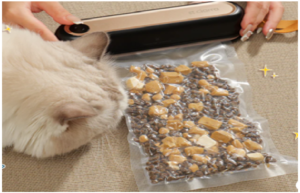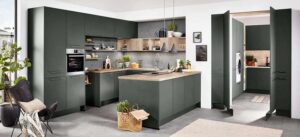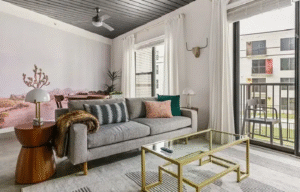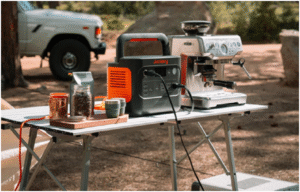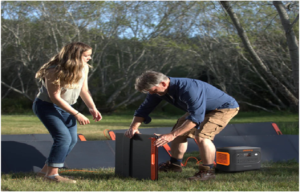Is it possible to install a stretch ceiling in a kitchen with a gas water heater?
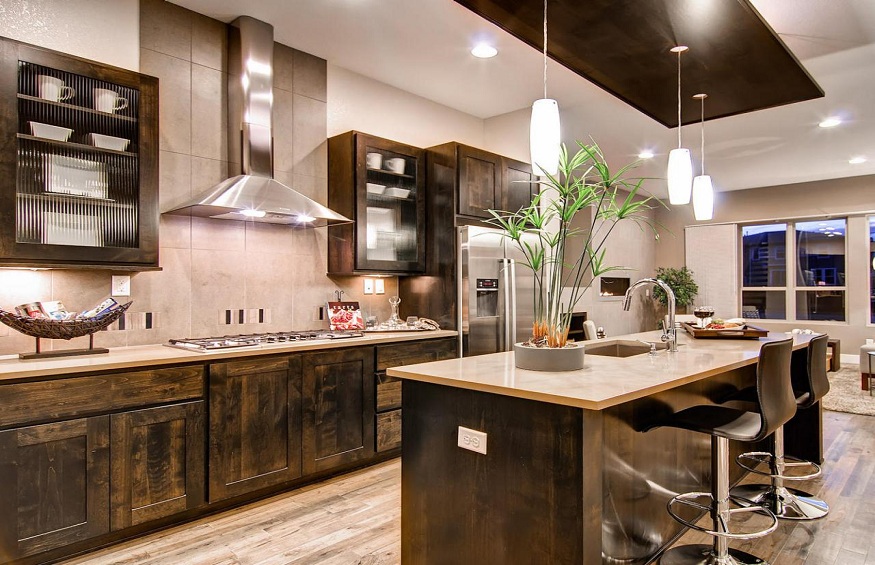
One of the most common devices that can provide an uninterrupted supply of hot water to the home is a gas water heater. It perfectly copes with heating any volume of water in the shortest possible time. At the same time, modern modifications allow you to clearly set the required temperature and automatically turn on and off depending on the mode of operation of the taps.
Instantaneous gas water heaters are quite economical and safe to use. The only drawback is the need to organize high-quality disposal of combustion products. Once and for all, this problem can be solved only with the help of competent installation of a chimney for a gas column. When choosing the parameters and configuration of the chimney system, it is necessary to follow the manufacturer’s instructions and current regulations.
Requirements of regulatory documents
According to the table of definitions of NPB 252-98, the exhaust pipe for the gas water heater is the connection pipe for the outlet of the flue gases from the appliance and the flue. Accordingly, it carries the products of gas combustion and must meet the requirements of chimneys. Failure to comply with these rules leads to gas pollution of the room and carbon monoxide poisoning.
All requirements for chimneys are set out in the following regulatory documents:
The main provisions that directly concern the smoke extraction of domestic gas water heaters are reduced to the following points:
Gas heat generators for air heating – features and types
The cross section of the chimney is considered not less than the cross section of the unit outlet pipe;
It is necessary to ensure the complete tightness of the chimney, its resistance to corrosion and high temperatures up to 200 ° C;
The laying of connection pipes in the living rooms is prohibited;
The vertical section of the chimney at the outlet of the column should have a height of 500 mm, in some cases a reduction of up to 250 mm is allowed;
Connecting pipes should be up to 3 m long in new buildings and up to 6 m in existing buildings;
It is allowed to use no more than 3 turns with a radius of curvature not less than the diameter;
The exhaust pipe is installed at a distance from the ceiling or wall of non-combustible materials of at least 5 cm, if they are combustible or hardly combustible, then at least 25 cm. The distance can be reduced to 10 cm by taking protective measures in accordance with SP 42-101-2003;
If the connecting pipe of the gas water heater passes through an unheated room, thermal insulation must be used;
The exhaust pipe should be laid with a slope of 0.01 or more towards the device.
Important! Removal of combustion products is possible only through specially installed flues or chimneys; the use of ventilation ducts is strictly prohibited.
The flues are laid in walls made of non-combustible materials and are insulated, if necessary, to prevent condensation. If there are no suitable walls or channels for the removal of combustion products in the building used, a stacked or root-type chimney is installed.
Each combustion appliance must have a separate flue or flue pipe. In some cases, it is allowed to discharge the exhaust gases from the column and the boiler into a chimney with an increase in the pipe section.In this case, the introduction of combustion products into the channel should be make at different levels at a distance of at least 0.75 m or at the same level using a cut 0.75 m high and 0.12 m thick.
The chimney must be strictly vertical and have a removable branch pipe or a 250 mm deep pocket at the base with a door for cleaning soot. If it is necessary to circumvent existing obstacles, a deviation of up to 30 ° from the vertical is allowed, while the cross section is preserved and the extension should not exceed 1 m.

